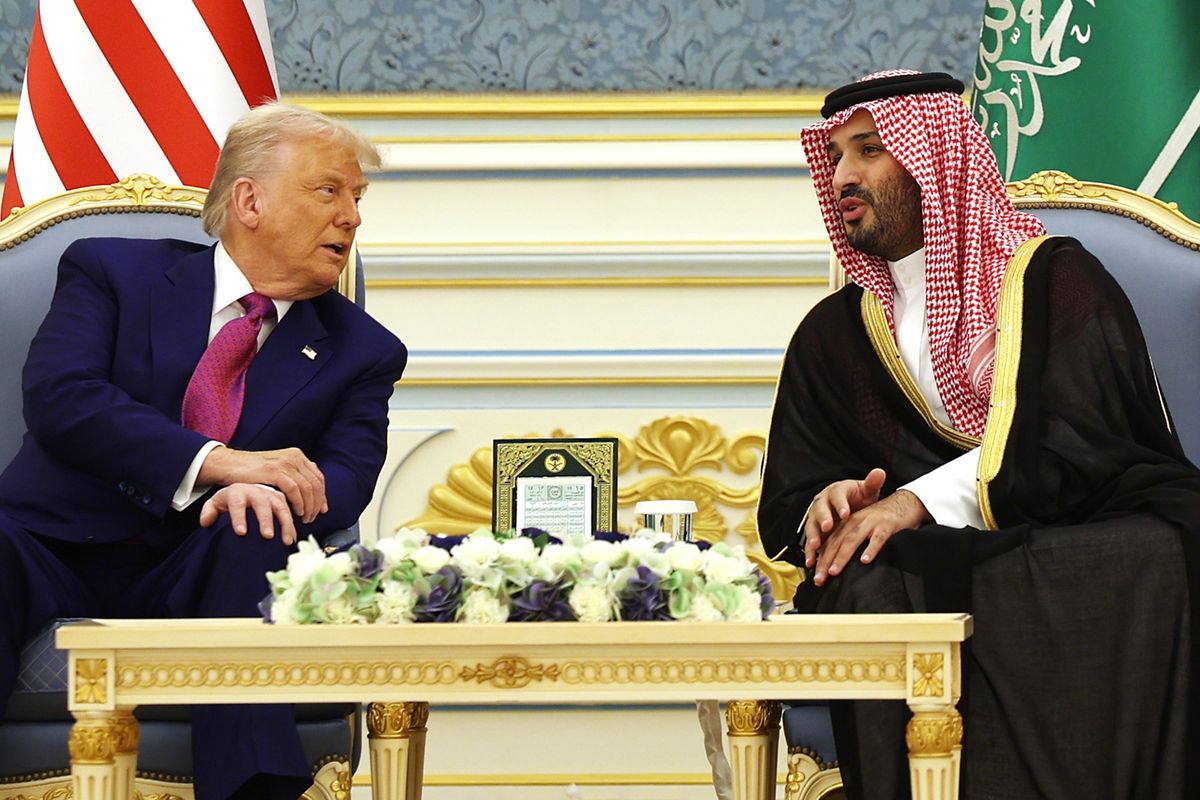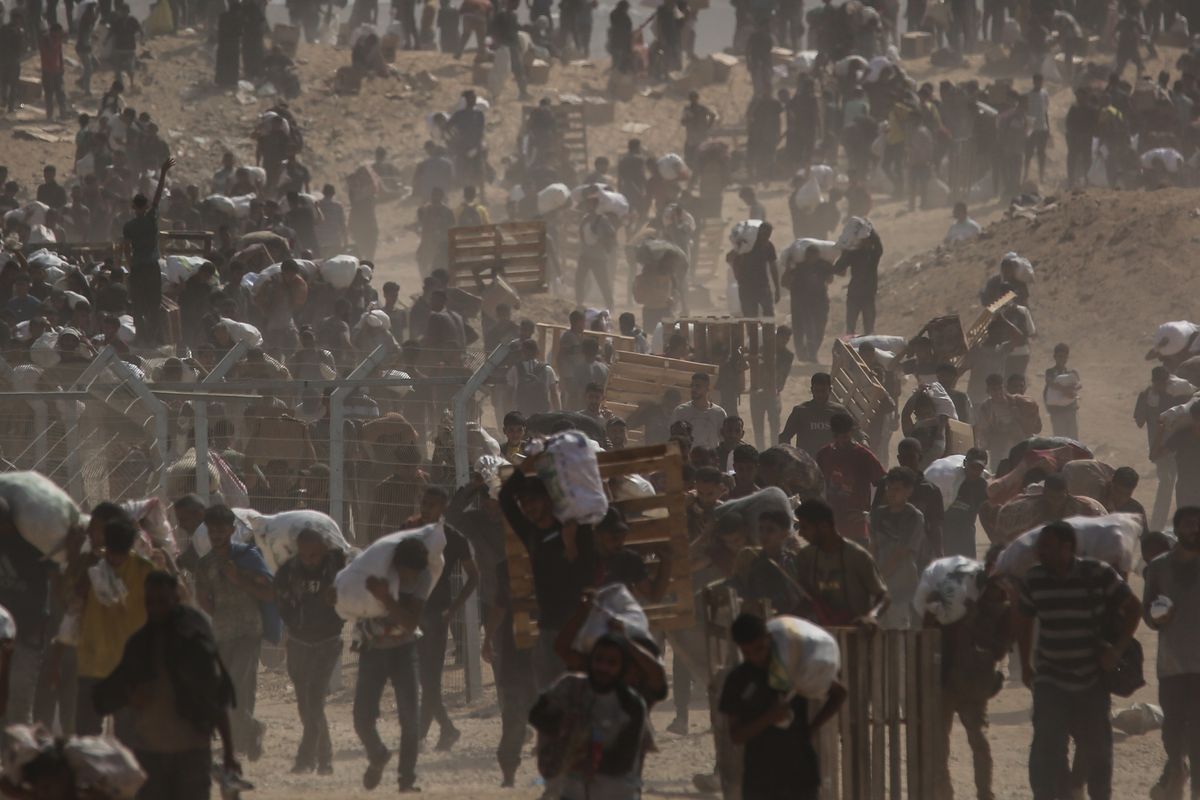CIPHER SNAPSHOT: At a time when the Middle East is ablaze, the arrival of the Hajj presents a complex security challenge.
September 22 marks the start of the Hajj, an annual Islamic pilgrimage to Mecca, Saudi Arabia. Participation in the Hajj is a religious obligation for both Sunni and Shiite Muslims, with between 2 to 3 million people expected to make the trip this year alone.
Preventing terrorist attacks during the Hajj is the primary focus of Saudi security forces. This year, the Kingdom has witnessed its highest number of terrorist attacks since 2003, and ISIS has repeatedly stated its desire to overtake Mecca.
A large-scale attack during the Hajj could weaken the Saudi royal family’s status and further increase ISIS’s profile. Saudi authorities have undertaken drastic security measures by deploying 100,000 members of the country’s military and National Guard to oversee Hajj festivities.
Sectarian violence is another potential source of conflict during the Hajj. With Saudi Arabia’s ongoing air campaign in Yemen and its public sparring with Iran, authorities remain on high alert for friction along Sunni-Shia lines.
The potential outbreak of the Middle East Respiratory Syndrome (MERS) virus is a third concern, although Saudi authorities contend that this threat is overblown. According to Saudi Arabia’s Health Minister Khalid al-Falih, there has been a slight uptick in MERS cases leading up to the Hajj, but the overall number of cases is “still limited.”
While the Saudi government has prioritized security and capped the number of foreign and domestic pilgrims attending the Hajj, threats continue to loom large amidst this ceremonious occasion.
Bennett Seftel is an analyst at The Cipher Brief.













